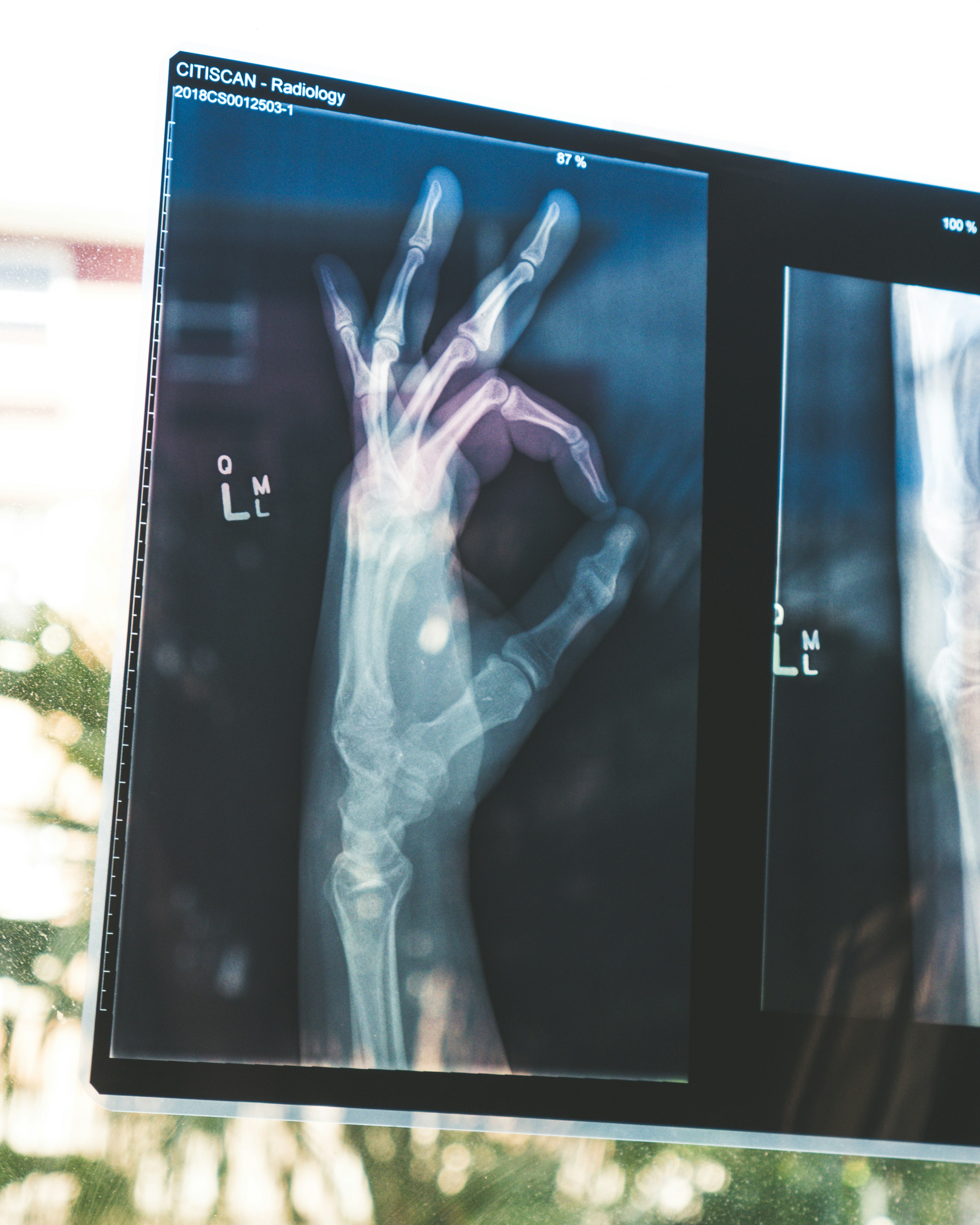Understanding the Causes of Agoraphobia
Discover the underlying causes of agoraphobia, including genetics, biology, past trauma, and environmental factors. Gain insight into managing this anxiety disorder effectively.
In this article, we will be discussing the causes of agoraphobia, a common anxiety disorder. You will learn about the various factors that can contribute to the development of this condition, such as genetics, biology, and environmental factors. We will also explore the role of past traumatic experiences and the impact they can have on agoraphobia. By understanding the underlying causes, you will gain insight into this condition and how it can be effectively managed.
Introduction
Agoraphobia is a debilitating anxiety disorder characterized by a fear of being in situations where escape may be difficult or help may not be readily available. The fear is often specific to open spaces or crowded places, but can also extend to situations such as being alone outside of the home or using public transportation. These fears often lead to avoidance behaviors, further limiting the individual’s ability to engage in everyday activities.
Definition of Agoraphobia
Agoraphobia is derived from the Greek words “agora,” meaning marketplace or gathering place, and “phobia,” meaning fear. It is important to note that agoraphobia is not simply a fear of crowds or open spaces, but rather a broader anxiety disorder that encompasses a range of fear-inducing situations.
What is Agoraphobia
Agoraphobia can be understood in terms of two primary fears – the fear of open spaces and the fear of panic attacks.
Fear of Open Spaces
Individuals with agoraphobia often experience intense fear and anxiety when faced with open spaces, such as parks, malls, or wide streets. The vastness of these areas can trigger a sense of vulnerability and a fear of being unable to escape or find safety if needed. This fear may extend to outdoor areas in general, making it difficult for individuals to leave their homes.
Fear of Panic Attacks
Agoraphobia is closely linked to panic disorder, as individuals often develop agoraphobic symptoms as a result of experiencing panic attacks in specific situations. The fear of having a panic attack in public or being unable to escape during one can be a significant driving force behind agoraphobic behaviors.
Avoidance Behaviors
In order to cope with their fears, individuals with agoraphobia may engage in avoidance behaviors. They may avoid leaving their homes, refrain from participating in social activities, or limit their movement to familiar and safe environments. While these behaviors may initially bring relief, they ultimately reinforce the fear and contribute to the persistence of the disorder.
Prevalence of Agoraphobia
Agoraphobia is estimated to affect approximately 1.7% of the population worldwide. It is more commonly diagnosed in women than men, with the disorder typically developing in late adolescence or early adulthood. The prevalence of agoraphobia tends to decrease with age, suggesting that some individuals are able to overcome their fears or develop effective coping mechanisms over time.
Medical Factors
Various medical factors have been identified as potential contributors to the development of agoraphobia.
Genetics
There is evidence to suggest that agoraphobia may have a genetic component. Studies have shown that individuals with a family history of anxiety disorders, including agoraphobia, are more likely to develop the disorder themselves. However, the specific genes involved in the development of agoraphobia have yet to be fully identified.
Imbalance of Neurotransmitters
An imbalance of neurotransmitters, such as serotonin and gamma-aminobutyric acid (GABA), has been associated with anxiety disorders, including agoraphobia. These neurotransmitters play a crucial role in regulating mood and emotions, and disruptions in their functioning can contribute to the development of excessive fear and anxiety.
History of Panic Disorder
Agoraphobia is closely linked to panic disorder, and individuals with a history of panic attacks are more susceptible to developing agoraphobia. Panic attacks are sudden, intense episodes of fear or discomfort that are accompanied by physical symptoms such as heart palpitations, trembling, and shortness of breath. The fear of experiencing a panic attack in public or crowded places can lead to the avoidance behaviors characteristic of agoraphobia.
Psychological Factors
Psychological factors can also play a significant role in the development of agoraphobia.
History of Trauma or Abuse
Experiences of trauma or abuse, particularly during childhood, have been associated with an increased risk of developing anxiety disorders, including agoraphobia. Traumatic events can sensitize individuals to fearful stimuli and trigger a heightened fear response in the future.
Anxiety Sensitivity
Anxiety sensitivity refers to the belief that experiencing anxiety and its accompanying physical sensations is harmful or dangerous. Individuals with high levels of anxiety sensitivity are more likely to interpret bodily sensations as signs of impending doom or catastrophe, leading to increased anxiety and a higher risk of developing agoraphobia.
Personality Traits
Certain personality traits, such as high levels of neuroticism and introversion, have been linked to an increased vulnerability to anxiety disorders, including agoraphobia. Individuals with these traits may be more prone to experiencing excessive worry and fear, as well as difficulties managing stress and uncertainty.
Environmental Factors
Environmental factors can contribute to the development and maintenance of agoraphobia.
Childhood Experiences
Early experiences, such as overprotective parenting or a lack of opportunities for independent exploration, can influence the development of anxiety disorders later in life. A restrictive or overly sheltered upbringing may limit an individual’s ability to develop effective coping strategies and increase their reliance on avoidance behaviors.
Social Isolation
Social isolation and a lack of social support can exacerbate feelings of anxiety and contribute to the development of agoraphobia. Without supportive relationships and opportunities for social interaction, individuals may feel more vulnerable and perceive the outside world as threatening.
Stressful Life Events
Stressful life events, such as the loss of a loved one, divorce, or job loss, can trigger or worsen symptoms of agoraphobia. These events can disrupt routines and increase feelings of uncertainty and vulnerability, making it more difficult for individuals to confront their fears and engage in daily activities.
Cognitive Factors
Cognitive factors, including biased thinking patterns and dysfunctional beliefs, play a key role in the maintenance of agoraphobia.
Cognitive Biases
Individuals with agoraphobia often display cognitive biases, such as catastrophizing and overgeneralizing. Catastrophizing involves magnifying the potential negative consequences of a situation, while overgeneralizing involves making broad negative generalizations based on limited experiences. These biases can contribute to heightened levels of anxiety and reinforce avoidance behaviors.
Dysfunctional Beliefs
Dysfunctional beliefs about danger, safety, and control can perpetuate agoraphobic behaviors. For example, individuals may hold beliefs such as “I am always in danger outside of my home” or “I cannot cope with anxiety or panic attacks.” These beliefs can maintain high levels of fear and inhibit individuals from challenging their avoidance behaviors.
Thought Patterns
Agoraphobia is often characterized by repetitive and intrusive thoughts about potential threats and risks. Individuals may engage in excessive worry or rumination, which amplifies anxiety and reinforces their fear of leaving their safe environment.
Co-occurring Conditions
Agoraphobia commonly co-occurs with other mental health conditions.
Depression
Depression frequently occurs alongside agoraphobia, as the limitations in daily activities and social isolation associated with agoraphobic behaviors can contribute to feelings of hopelessness and sadness. The combination of both conditions can significantly impact an individual’s overall well-being and quality of life.
Generalized Anxiety Disorder
Generalized anxiety disorder (GAD) shares many similarities with agoraphobia, including excessive worry and anxious anticipation. It is not uncommon for individuals with agoraphobia to experience symptoms of GAD, further exacerbating their anxiety-related difficulties.
Substance Abuse
Agoraphobia is often coupled with substance abuse as individuals may turn to drugs or alcohol as a means of self-medication or avoidance. While substance abuse initially provides temporary relief from anxiety symptoms, it can worsen mental health conditions and lead to a cycle of dependence.
Impact on Daily Life
Agoraphobia can have significant impacts on various aspects of an individual’s daily life.
Limitations in Activities
The fear and avoidance associated with agoraphobia can severely limit an individual’s ability to participate in activities outside of their home. Simple tasks such as grocery shopping, attending social events, or going to work may become insurmountable challenges, leading to feelings of frustration, isolation, and dependence on others.
Social Dysfunction
Agoraphobia frequently leads to social dysfunction, as individuals may avoid social gatherings, withdraw from friendships, and experience difficulties forming new relationships. The fear of being judged, experiencing panic attacks, or being unable to escape can all contribute to feelings of embarrassment, shame, and a reduced sense of self-worth.
Occupational Impairment
Agoraphobia can also have a significant impact on an individual’s occupational functioning. Difficulties with commuting, attending meetings or conferences, or traveling for work-related purposes can impede career progression and limit professional opportunities. The resulting financial strain can also contribute to heightened stress and anxiety.
Diagnosis and Assessment
Agoraphobia is diagnosed through a thorough assessment conducted by a mental health professional. Several methods may be employed to gather information and make an accurate diagnosis.
Clinical Interviews
Clinical interviews involve a series of structured or semi-structured questions that help gather information about the individual’s symptoms, history, and current functioning. The interviewer may also assess for the presence of other mental health conditions or co-occurring disorders.
Diagnostic Criteria
The diagnostic criteria for agoraphobia are outlined in the Diagnostic and Statistical Manual of Mental Disorders (DSM-5). To meet the criteria, an individual must experience significant fear or anxiety in multiple situations, demonstrate avoidance behaviors, and have symptoms that persist for at least six months.
Differential Diagnosis
It is important to distinguish agoraphobia from other anxiety disorders, such as specific phobias, social anxiety disorder, or panic disorder. The presence of panic attacks or avoidance behaviors specific to open spaces or crowded places can help differentiate agoraphobia from other disorders.
Treatment Options
Several treatment options are available for individuals struggling with agoraphobia.
Psychotherapy
Psychotherapy, particularly cognitive-behavioral therapy (CBT), is a recommended treatment for agoraphobia. CBT aims to identify and challenge irrational thoughts and beliefs, develop coping strategies, and gradually expose individuals to feared situations through a process known as exposure therapy.
Medication
Medication, such as selective serotonin reuptake inhibitors (SSRIs) or benzodiazepines, may be prescribed in conjunction with psychotherapy to manage symptoms of agoraphobia. SSRIs can help regulate neurotransmitter imbalances, while benzodiazepines may provide short-term relief from anxiety symptoms.
Exposure Therapy
Exposure therapy is a form of psychotherapy that involves gradually and systematically exposing individuals to their feared situations or stimuli. This process allows individuals to confront their fears in a controlled and supportive environment, helping them build confidence and resilience.
Self-Help Strategies
In addition to professional treatment, there are several self-help strategies that individuals with agoraphobia can employ to manage their symptoms.
Relaxation Techniques
Practicing relaxation techniques, such as deep breathing exercises, progressive muscle relaxation, or mindfulness meditation, can help individuals manage their anxiety and reduce physical symptoms of stress.
Gradual Exposure
Engaging in gradual exposure to feared situations can be an effective self-help strategy. By starting with less challenging situations and gradually working towards more anxiety-provoking scenarios, individuals can build confidence and tolerance for discomfort.
Support Groups
Participating in support groups or connecting with others who have experienced agoraphobia can provide valuable support, empathy, and helpful strategies for managing symptoms.
Conclusion
Understanding the causes of agoraphobia involves exploring a range of factors, including medical, psychological, environmental, and cognitive influences. While the exact causes may vary from person to person, it is clear that agoraphobia is a complex condition with multiple contributing factors. By gaining a deeper understanding of these causes, individuals and mental health professionals can work towards effective treatment and support for those living with agoraphobia.



